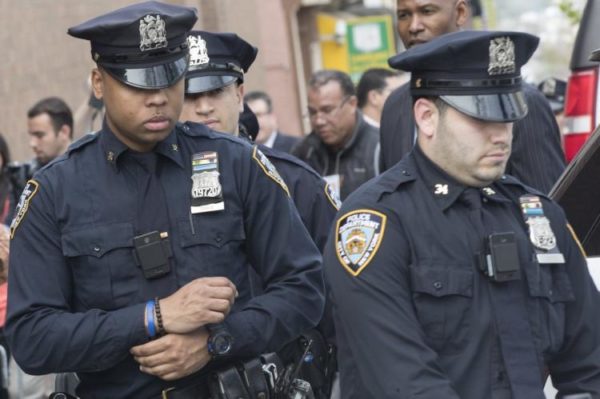April 26, 2012
By Scott M. Stringer, Manhattan Borough President
Millions of New Yorkers rely on the City’s vast network of subways and buses everyday, yet these commuters are continually let down by a transit system that imposes fare hike after fare hike, while offering a deteriorating level of service with each passing month. The middle class and working families who depend on our transit network deserve better, and I called attention to these concerns in a speech delivered to the Association for a Better New York earlier this week.
The chief issue is that the Metropolitan Transportation Authority (MTA) – the central nervous system of our public transit operations – is a fiscal house of cards. It is held together by unprecedented borrowing and seemingly perpetual fare increases – and this is no way to run a railroad, let alone the nation’s largest transit system. What New York City needs is a new, more stable stream of revenue for the MTA and a real financial commitment to funding worthy transit capital projects in all five boroughs.
Here is my plan:
Take the annual proceeds from the mortgage recording tax — a fee that currently funds the MTA’s operating costs — and transfer those revenues to the capital side, in order to create the “New York City Transit Trust,” the City’s first ever infrastructure bank for mass transit. Although the annual revenue generated by the mortgage recording tax significantly fluctuates from year to year, the $400 million it generates on average would be an ideal revenue stream to leverage over $10 billion in capital funds for major projects.
In order to pay for the MTA’s operating costs, I propose we bring back the commuter tax, which was repealed in 1999. This small surcharge would affect people who work within New York City, but live outside city limits, and the estimated $725 million it would generate annually should go directly to MTA operations. This is the right thing to do because almost one million commuters pour into New York City everyday, using our roads, bridges and rails and relying on our police, fire and sanitation services.
All we need is the leadership to get this done – leadership with the vision to recognize the importance of investing in transit infrastructure. This type of foresight is key to ensuring that New York City is prepared for the next century of growth – a future that would look brighter for us all.



